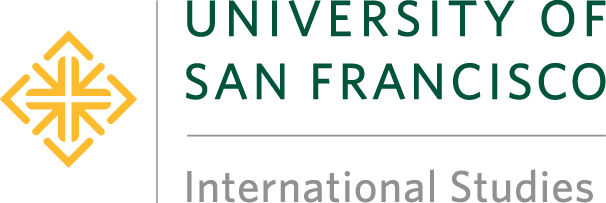Document Type
Article
Publication Date
11-12-2020
Abstract
At first glance, the global art trade—currently valued around $60 billion—is a miniscule piece of global economic production. But due to the unregulated nature of the art market, it serves a key function within the larger network of the accumulation and distribution of capital worldwide. This deregulated market intersects with the o shore domain in freeports, an archipelago of tax-free storage facilities that stretch from Singapore to Geneva to Delaware. The burgeoning of freeports globally suggests that speculation has become a more prominent pattern of art investment, but it also demonstrates that tax avoidance is a goal of such speculators and the result is that more art works are being taken out of circulation and deposited in vaults beyond the view of regulatory authorities. Despite its size, the art trade can demonstrate broader trends in international finance and, by examining o shore art storage that occurs in freeports, it will be possible to locate some of the hidden mechanisms that allow the global art market to flourish on the margins of the economy as well as to perceive a shift in which the economic value of art works predominates over their cultural value.
DOI
10.3390/arts9040117
Recommended Citation
Zarobell, John, "Freeports and the Hidden Value of Art" (2020). International Studies Faculty Publications. 27.
https://repository.usfca.edu/international_fac/27




Comments
Originally published in Arts 9(117)